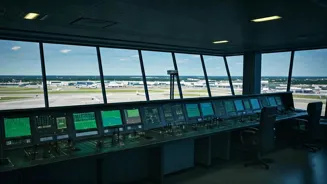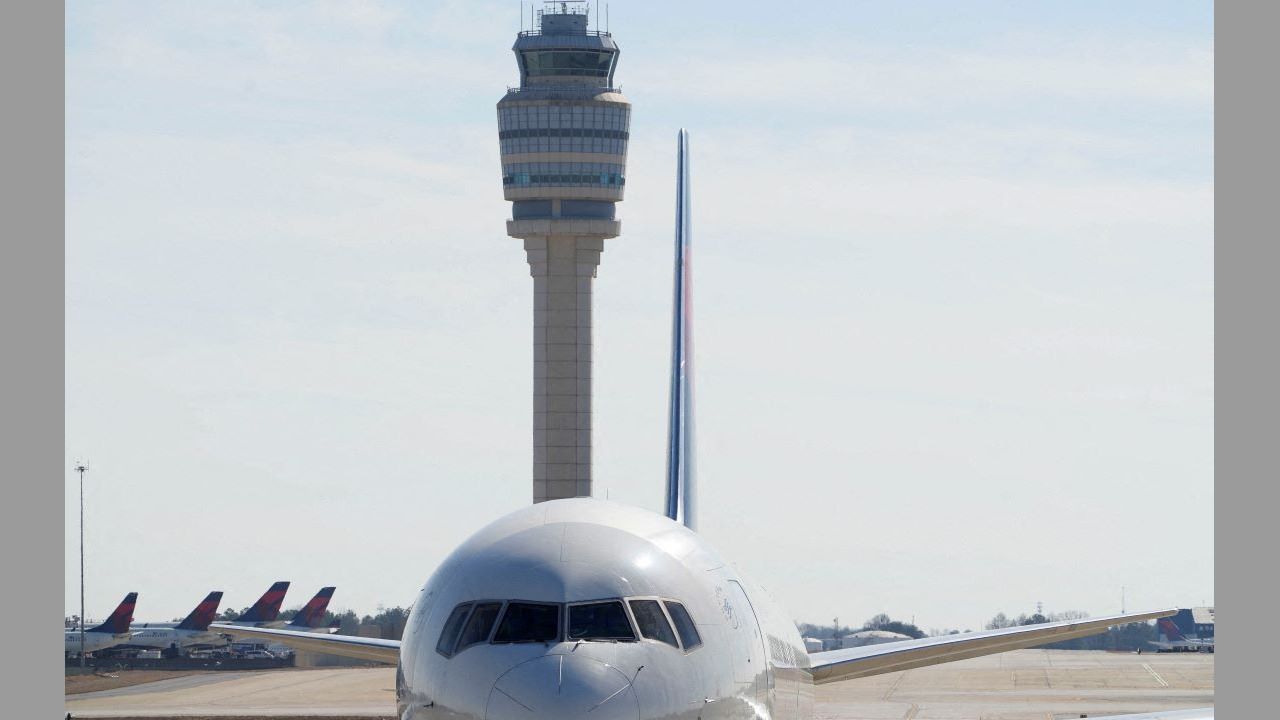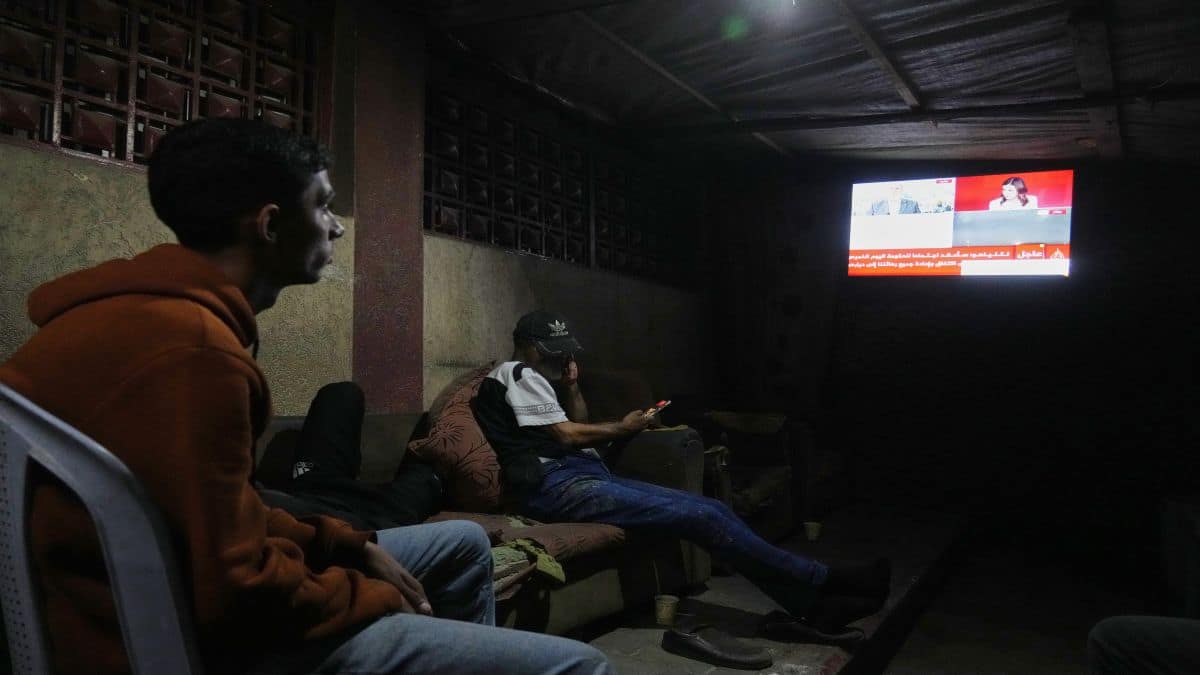The Remote System Activated
The unexpected activation of a remote air traffic control system at a US airport came about due to a sudden decrease in staffing. The aviation industry
constantly grapples with various operational challenges, and on this occasion, the circumstances called for an innovative response. Remote control systems generally allow air traffic controllers to manage airport operations from a remote location, often a significant distance away. This type of operation is not just a matter of moving controllers; it involves a sophisticated network of cameras, sensors, and communication systems. These components provide real-time visual and operational data, mirroring the information accessible to on-site controllers. This setup enables controllers to observe and manage aircraft movements, ground operations, and weather conditions without being physically present at the airport's control tower. The implementation of such a system showcases the aviation industry's adaptability and commitment to maintaining safety and efficiency under challenging situations, providing a seamless transition, even in the face of personnel limitations. The primary aim is to keep operations running as smoothly as possible.
Consequences of Shutdown
The temporary shift to remote control was a direct result of staffing constraints triggered by a shutdown. This event highlighted the vulnerabilities within the aviation system. When staff levels are reduced, the standard procedures, normally carried out in person, become unsustainable. A lack of sufficient controllers can quickly compromise airport operations, potentially leading to significant delays, increased risk, and reduced safety. The decision to employ remote control was therefore a crucial, albeit temporary, resolution to ensure ongoing functionality. It meant air traffic management could continue without interruption. This situation also underscored the critical importance of adequate staffing, particularly in such a safety-critical industry. The shutdown created ripple effects felt throughout the system, including impacting training schedules, maintenance, and overall resource allocation. It also put a spotlight on the intricate coordination required to maintain normal airport operations and the potential repercussions when any key component is compromised, highlighting the delicate balance required for safe and efficient air travel.
How Remote Control Works
Remote air traffic control is more than just moving personnel; it is a technological marvel that mirrors the functions of a traditional control tower. The heart of the system lies in a complex web of technology, with a vast array of high-definition cameras strategically positioned to provide a comprehensive view of the entire airport. These cameras capture real-time visuals of aircraft movements on runways, taxiways, and throughout the airspace surrounding the airport. Moreover, an advanced sensor network gathers crucial data regarding weather conditions, including wind speed, visibility, and precipitation, giving controllers a clear understanding of the operational environment. This array of data is fed into a central processing unit that displays the information on large monitors in the remote control center, offering controllers a vivid and real-time replica of what is occurring at the airport. The communication infrastructure is just as important. Sophisticated radio systems allow controllers to converse with pilots and other ground personnel. Furthermore, the system maintains the level of precision necessary for guiding aircraft during takeoffs, landings, and ground operations, as if the controllers were standing at the airport.
Safety Measures in Place
While the remote air traffic control system was deployed, safety remained the top priority. To uphold safety standards, multiple measures were put in place, guaranteeing that operations were conducted without compromising security. Before the remote system was activated, comprehensive risk assessments were carried out to recognize potential hazards, paving the way for developing effective countermeasures. Protocols were carefully designed to cover all probable scenarios, from system failures to communication breakdowns. Redundancy was a key element. The system was built with backup systems and emergency protocols to ensure that air traffic control could continue seamlessly even in the event of unforeseen technical glitches. Frequent communication was crucial. Continuous communication between remote controllers and on-site staff facilitated quick issue resolution and kept everyone updated about operational challenges or changes. This method of communication also assisted with quickly addressing any unusual circumstances. To guarantee compliance, the system was thoroughly vetted by aviation safety experts. These experts assessed the technology, procedures, and overall operational setup, ensuring adherence to industry best practices and safety regulations. These meticulous preparations collectively established a secure operational framework that reduced the risk of errors during the transition, allowing for smooth air traffic control.
Impact on Operations
The shift to remote air traffic control had a noticeable impact on airport operations, although it was managed to minimize disruptions. One of the most evident changes was the requirement for enhanced coordination between the remote controllers and on-site personnel. Teams collaborated, as they were tasked with guaranteeing smooth operations. While the remote system replicated many of the functions of a traditional control tower, real-time communication became even more vital for effectively handling any unexpected events or changes. This situation highlighted the dependence on open communication and collaborative teamwork. Another important element was the time needed to adapt to the new method of operating. The change to remote control necessitated pilots and ground crews adapting to the shift in control protocols. They were trained in how to interact with the controllers, which was crucial. Despite these changes, the airport was able to keep operations running smoothly. The remote system proved to be a solid answer, maintaining air traffic flow with minimal disruption. This success illustrated the versatility and preparation of the airport in the face of unforeseen challenges. It helped highlight the importance of technological innovation and team effort in guaranteeing both safety and operational effectiveness, even under complicated circumstances.




.webp)









